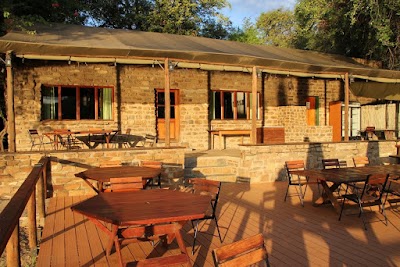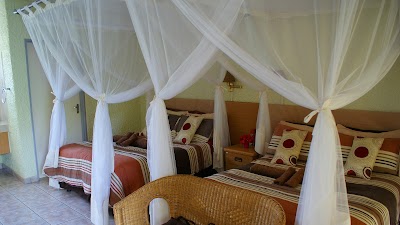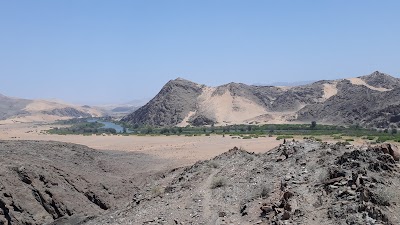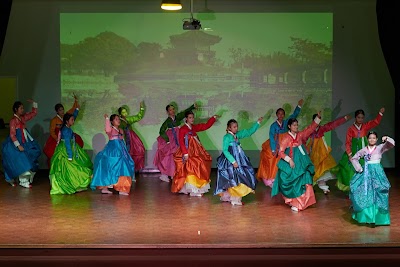Kunene River (Kunene River)
Overview
The Kunene River, nestled in the stunning Epupa Constituency of northern Namibia, is a remarkable natural wonder that combines a rich history, cultural significance, and breathtaking beauty. Stretching approximately 1,050 kilometers (650 miles), this river forms a natural border between Namibia and Angola, serving as an important geographical and cultural landmark for both nations.
One of the river's most significant aspects is its long-standing connection to the indigenous communities that have thrived along its banks for generations. The Himba people, renowned for their traditional lifestyle and distinctive red ochre body paint, have depended on the Kunene River for sustenance. This ancient waterway has supported their pastoral way of life, providing essential resources for livestock and crops, while simultaneously shaping their rich culture and traditions.
For foreign tourists, the Kunene River offers a myriad of activities and sights that promise unforgettable experiences. The river is perhaps best known for the stunning Epupa Falls, a breathtaking natural attraction that captivates all who visit. The falls are formed as the Kunene cascades down a series of drops, with the highest reaching about 37 meters (121 feet). Surrounded by lush vegetation that contrasts the typically arid landscape, Epupa Falls creates a serene and verdant oasis for visitors to enjoy.
Adventure seekers will find plenty of excitement along the Kunene River. The river is famous for its challenging white-water rapids, offering thrilling opportunities for kayaking and rafting. Adventurous souls can also explore the lush riverbanks on foot, discovering the diverse flora and fauna that inhabit this unique ecosystem. Bird watchers will be particularly delighted, as the river is home to a variety of bird species, including African fish eagles, herons, and kingfishers.
In addition to its natural allure, the Kunene River is steeped in historical and cultural significance. Along its banks, visitors can find ancient rock engravings and homesteads that provide a glimpse into the lives of the indigenous peoples who have coexisted with the river for centuries. Guided tours led by local Himba guides offer invaluable insights into their traditional way of life, beliefs, and the intricate relationship they maintain with their environment.
The environmental significance of the Kunene River is profound. As one of the few perennial rivers in Namibia, it flows consistently throughout the year, supporting a rich biodiversity. The river's ecosystem serves as a critical habitat for various species of fish, reptiles, and other wildlife. Ongoing conservation efforts aim to protect this fragile ecosystem, ensuring that both the natural environment and the communities that depend on it can thrive sustainably.
For those seeking comfort while exploring the Kunene River, there are numerous lodges and campsites along its banks. Accommodations range from rustic to luxurious, catering to diverse preferences and budgets. Staying in these lodges often includes guided tours and activities, allowing tourists to fully immerse themselves in the natural beauty and cultural wealth that the Kunene has to offer.
Beyond the captivating sights and activities, the Kunene River region also serves as a peaceful retreat for contemplation. The soothing sounds of flowing water, combined with stunning sunsets and starry night skies, create an atmosphere of serene enchantment. Whether you are an adventure seeker eager to conquer the rapids or a nature lover hoping to soak in the scenic beauty, the Kunene River truly offers something for every traveler.
In conclusion, the Kunene River in Epupa Constituency, Namibia, is much more than just a body of water. It stands as a vital source of life, a historical and cultural treasure, and a haven of natural beauty and adventure. A visit to this extraordinary river will not only provide unique experiences and cherished memories but also foster an appreciation for the delicate balance between nature and human existence. So, pack your bags and prepare to explore one of Namibia’s most enchanting destinations!






